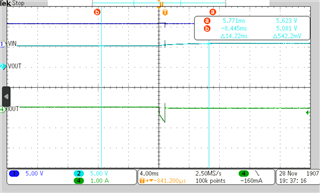Hi,
Need your advice regarding power switch with reverse current protection.
After the power switch enabled, during a permitted state, (when Vin > Vout for example), if the situation changed and Vout becomes greater than Vin, the reverse current will be blocked.
Do you have a good candidate for such requirement?
Thank you very much!
Erez.




